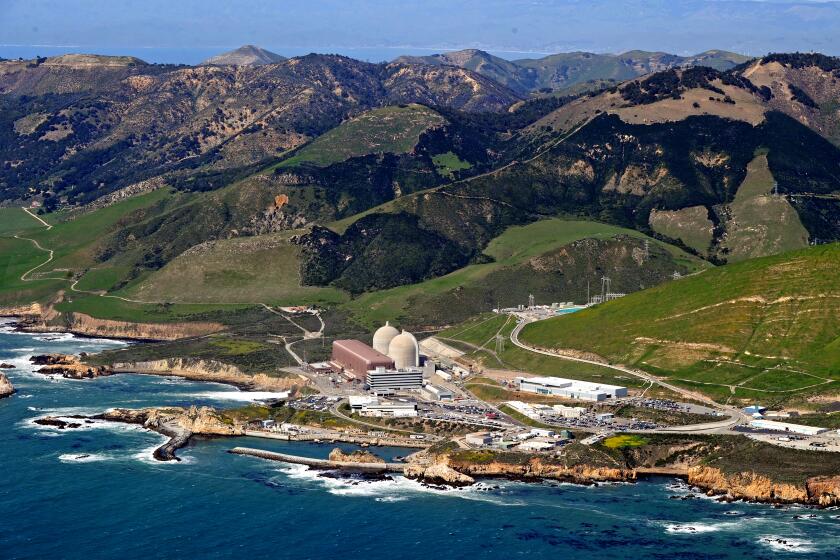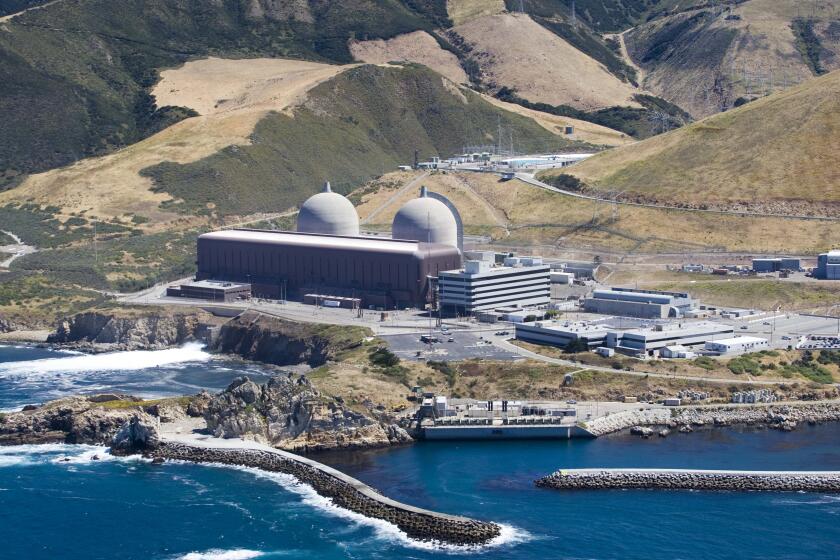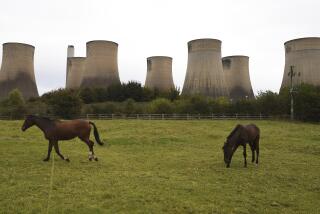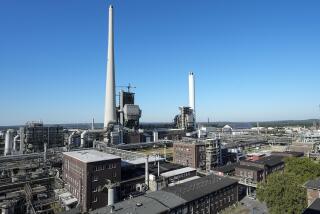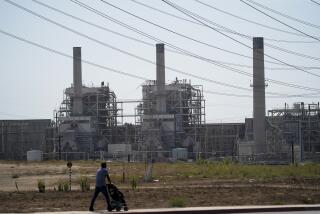Germany shuts down half of its six remaining nuclear power plants
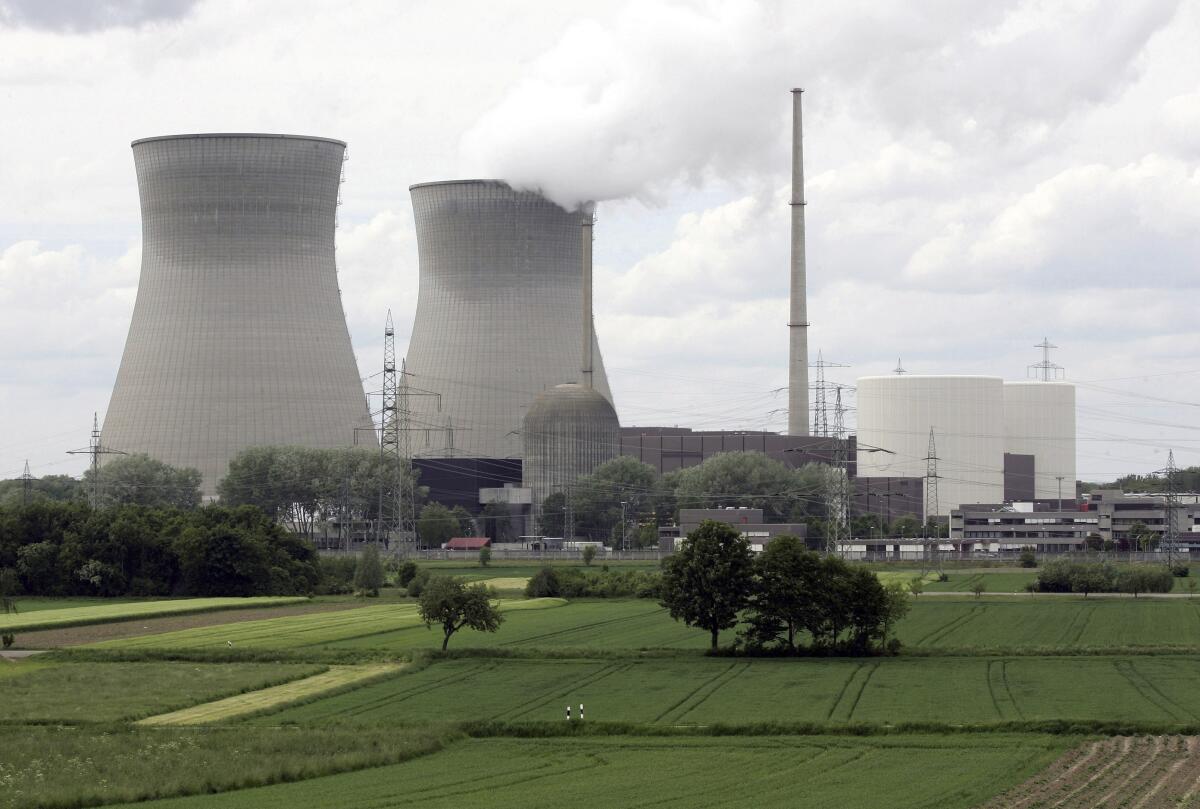
BERLIN — Germany on Friday is slated to shut down half of the six nuclear plants it still has in operation, a year before the country draws the final curtain on its decades-long use of atomic power.
The decision to phase out nuclear power and shift from fossil fuels to renewable energy was first taken by the center-left government of then-Chancellor Gerhard Schroeder in 2002.
His successor, Angela Merkel, reversed her decision to extend the lifetime of Germany’s nuclear plants in the wake of the 2011 Fukushima disaster in Japan and set 2022 as the final deadline for shutting them down.
The three reactors now being shuttered were first powered up in the mid-1980s. Together they provided electricity to millions of German households for almost four decades.
One of the plants — Brokdorf, located about 25 miles northwest of Hamburg on the Elbe River — became a particular focus of anti-nuclear protests that were fueled by the 1986 Chernobyl catastrophe in the Soviet Union.
The other two plants are Grohnde, about 25 miles south of Hannover, and Grundremmingen, 50 miles west of Munich.
Diablo Canyon is the state’s largest clean energy source. Will emissions rise after it closes?
Some in Germany have called for the decision on ending the use of nuclear power to be reconsidered because the power plants already in operation produce relatively little carbon dioxide. Advocates of atomic energy argue that it can help Germany meet its climate targets for reducing greenhouse gas emissions.
But the German government said this week that decommissioning all nuclear plants next year and then phasing out the use of coal by 2030 won’t affect the country’s energy security or its goal of making Europe’s biggest economy “climate-neutral” by 2045.
“By massively increasing renewable energy and accelerating the expansion of the electricity grid, we can show that this is possible in Germany,” Economy and Climate Minister Robert Habeck said.
Several of Germany’s neighbors have already ended nuclear power or announced plans to do so, but others are sticking with the technology. This has prompted concerns of a rift in Europe, with France planning to build new reactors and Germany opting for natural gas as a bridge until enough renewable power is available, and both sides arguing that their preferred source of energy be classed as sustainable.
The Diablo Canyon nuclear power plant in San Luis Obispo is the last of its kind in California. PG&E says plans to close the plant beginning in 2024 remain in place.
Germany’s remaining three nuclear plants — Emsland, Isar and Neckarwestheim — will be powered down by the end of 2022.
While some jobs will be lost, utility company RWE said more than two-thirds of the 600 workers at its Gundremmingen nuclear power station would continue to be involved in post-shutdown operations through to the 2030s. Germany’s nuclear power companies will receive almost $3 billion for the early shutdown of their plants.
Environment Minister Steffi Lemke has dismissed suggestions that a new generation of nuclear power plants might prompt Germany to change course yet again.
“Nuclear power plants remain high-risk facilities that produce highly radioactive atomic waste,” she told the Funke media group this week.
A final decision has yet to be taken about where to store tens of thousands of tons of nuclear waste produced in German power plants. Experts say some material will remain dangerously radioactive for 35,000 generations.
More to Read
Sign up for Essential California
The most important California stories and recommendations in your inbox every morning.
You may occasionally receive promotional content from the Los Angeles Times.
